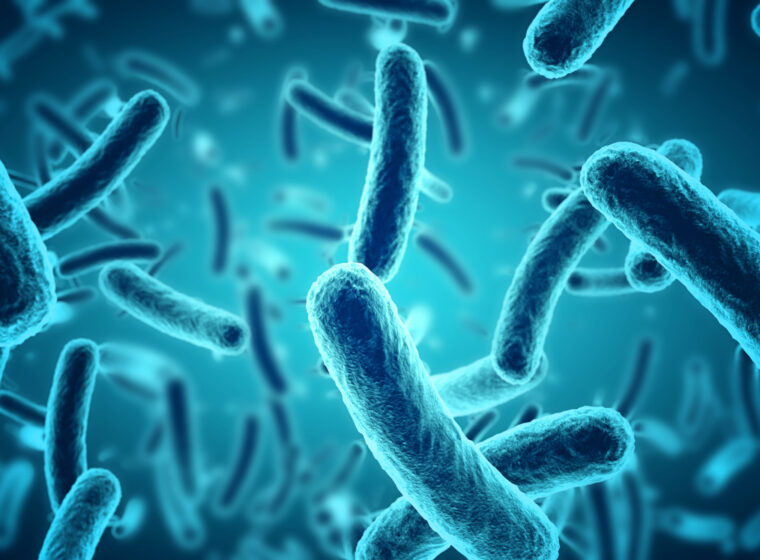The benefits of molasses for shrimp ponds are one of the things that farmers must know. Molasses is a thick black liquid that is a by-product of the sugarcane-based processing industry.
In vannamei shrimp farming, the benefits of molasses for shrimp ponds can be seen from its role in accelerating plankton growth. Meanwhile, plankton is a natural food source for vannamei shrimp during cultivation.
Not only in vannamei shrimp cultivation, several ruminant and poultry farms also use molasses as a feed mixture. So what exactly is molasses, and what are its benefits? Come on, see more in this article.
Also Read: This is the Difference between Male and Female Shrimp
What is Molasses?
Molasses is a by-product derived from processing granulated sugar made from sugarcane. In a way, molasses is a production waste that benefits livestock and fisheries the most.
Among farmers and ranchers, molasses is often referred to as molasses. Meanwhile, its benefits are no longer in doubt because ruminant and poultry breeders have been using it as a feed mixture for a long time.
In vannamei shrimp farming, molasses is used as a source of growth for heterotrophic bacteria in making vannamei shrimp probiotics. Because, molasses can serve as a carbon source that becomes food for bacteria.
Benefits of Molasses for Shrimp Ponds
In contrast to poultry farming, the benefits of molasses for shrimp ponds cannot be given directly as a food supplement. Instead, molasses is used as a food source for bacteria which will later become natural food for vannamei shrimp.
In addition, probiotics produced from molasses fermentation are also useful in improving pond water quality, increasing the growth rate of vannamei shrimp, preventing pathogenic bacteria from growing in pond water, and reducing the feed conversion rate (FCR).
Also Read: Vannamei Shrimp DOC 20, How is it Growing and How is the Feeding?
Tips for Using Molasses for Shrimp Ponds
The benefits of molasses for shrimp ponds can be obtained if the molasses is given in the right dosage. Here are tips on using molasses for shrimp ponds.
1. Pay Attention to the Quality of the Molasses
Before providing molasses for shrimp ponds, it is important to ensure that the molasses you use is of good quality. Be sure to check the color and smell of the molasses first. Darker, stronger-flavored molasses tends to be of better quality.
In addition, make sure the molasses is free from contamination or impurities that can harm your vannamei shrimp.
2. Make sure the dosage of molasses is right.
The dose of molasses also must be done appropriately. To grow probiotic bacteria, molasses is needed at a dose of 2-5% of the total feed used.
While the addition depends on the pH of the water. If the pH is less than 7.5, giving molasses can be reduced. Meanwhile, if the pH is more than 8, then the use of molasses is added.
3. Monitor Water Quality Routinely
Molasses can increase the need for dissolved oxygen (DO) in water, affecting water quality in ponds. Therefore, monitoring water quality regularly is important and ensuring that dissolved oxygen (DO) levels are always optimal and sufficient for the shrimp.
Also Read: These are 7 Tips for Successful and Profitable Vannamei Shrimp Harvest
Consult your Vannamei Shrimp Cultivation at DELOS!
Even though it is classified as a by-product, molasses has considerable benefits for vannamei shrimp cultivation. Start by encouraging good bacteria growth, improving pond water quality, preventing pathogenic bacteria from growing, and reducing the feed conversion rate (FCR).
However, before using molasses in vannamei shrimp farming, you must first consult with an expert. This is to avoid using the wrong molasses during cultivation.
You can easily consult regarding vannamei shrimp farming, including using molasses for shrimp ponds at DELOS!
DELOS is the best science, technology, and operational management-based aqua-tech company that can help your vannamei shrimp farming succeed.
Through DELOS Farm Management, you can also take advantage of various farming features in AquaHero. Start by monitoring pond water quality, shrimp growth, and estimating the break-even point (BAP).
Contact the DELOS Team via contact@delosaqua.com or submit your questions about vannamei shrimp farming through the contact column on www.delosaqua.com. Consult your vannamei shrimp farming at DELOS now!




